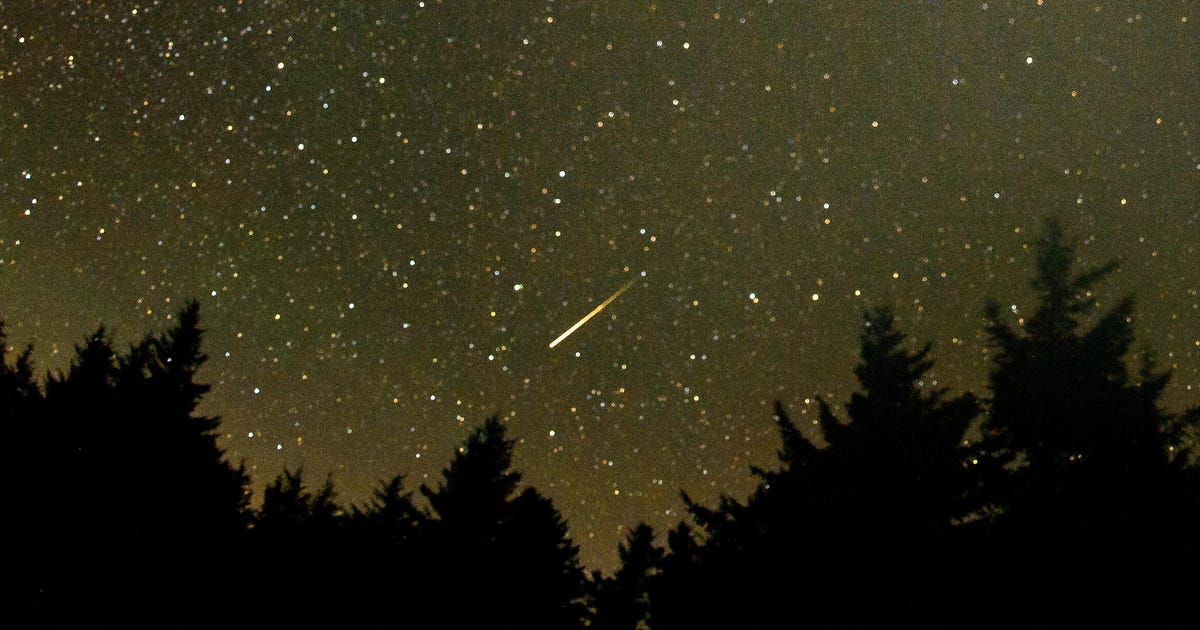Astronomers Catch New Meteor Shower In An Outburst
Astronomers watch astronomers watched a star glitch astronomers theorize that a black hole astronomers that believe in geocentric model astronomers can identify binary stars by astronomers cartoon astronomers career astronomers capture the moment astronomers calculate age of universe

Astronomers Catch New Meteor Shower in an Outburst
We think of space as an empty vacuum, but it's also a very dynamic place with plenty of objects passing through the inner solar system all the time, stirring things up. Sometimes we can even see the way our cosmic neighborhood is changing from down here on Earth under the safety blanket we call an atmosphere.
A network of cameras set up around the world to look for meteors caught the latest batch of new objects to relocate to our side of this celestial small town of ours last week.
The Global Meteor Network documented the 18-Aquariids meteor shower for the first time on Aug. 15 and 16. The new shower was reported by veteran astronomer and meteor shower expert Peter Jenniskens, who is affiliated with NASA and the SETI Institute.
All-sky cameras from Florida to Chile to Africa collectively observed three dozen of the newly categorized meteors as they burned up high in the atmosphere.
The unexpected outburst of meteor activity was analyzed and determined to likely be part of a new stream of cosmic debris. The initial report notes that the approach of the meteors appears to overlap with "that of lost comet D/1770 L1 (Lexell) during its returns in 1770 and 1776... perhaps coincidentally."
It's unlikely the new meteor shower will supplant the Perseids in terms of annual showers that humanity anticipates each August, but it's just one more reason to get outside at night and gaze skyward this time of year.
Source
